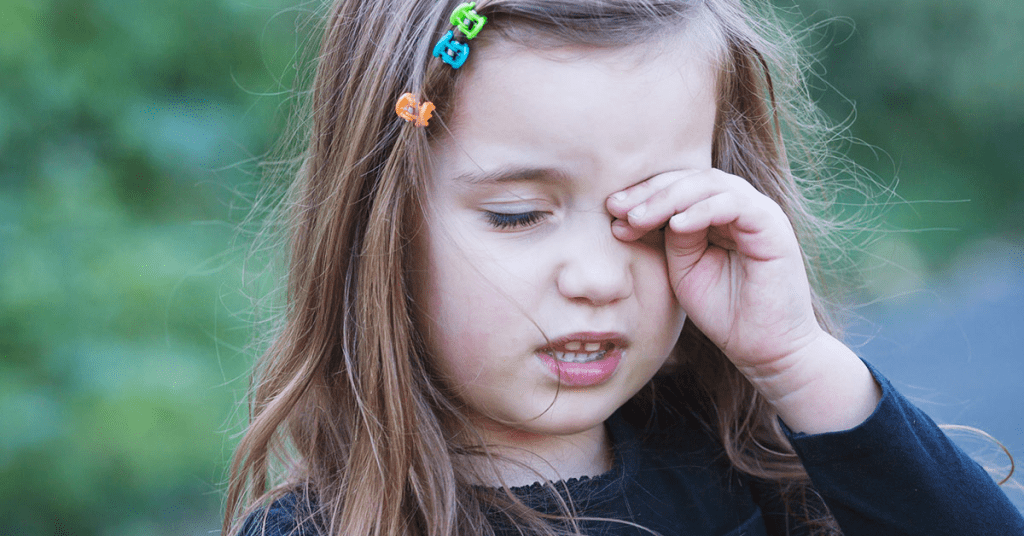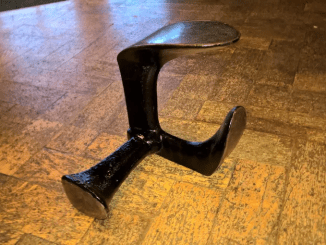As most parents know, disciplining even just one child can be hard enough, let alone a whole room full of them. This is the daily reality of school teachers, who have to somehow remain in control of a classroom of up to thirty or more kids every day of their working lives.
Child discipline is one of the greatest challenges schools face, and over the years there have been different strategies used to keep students in line. For many years, the use of physical punishment, such as hitting or whipping students, was common in schoolhouses across America, but in the last few decades has been replaced by punishments that are less violent.

Not too long ago, however, a few schools in Texas have reintroduced the antiquated method.
Three schools in Texas have reintroduced corporal punishment to discipline children. Under the new policy, staff in the Three Rivers School District are able to use a wooden paddle to beat disobedient students, administering one paddling for each misdemeanor. Parents are asked at the time of enrollment whether or not they consent to have the punishment used on their child.
“If the parent is not comfortable with it, that’s the end of the discussion”, said Three Rivers Independent Schools District Superintendent Mary Springs.
Andrew Amara, the school’s campus behavior coordinator, was paddled when he was a student, a punishment he says worked on him. He hopes that this change will be a more effective punishment than detention for children between the ages of four and twelve.
“It was an immediate response for me,” he said. “I knew that if I got in trouble with a teacher and I was disrespectful, whatever the infraction was, I knew I was going to get a swat by the principal.”
This policy, which was agreed upon unanimously by the board of trustees, only allows behavior coordinators and the principal to use the paddle on students. At the time it was approved, the staff was going to be tracking the number of child discipline referrals that were made and compare that to the numbers from the previous year. If the number went down, they will have considered the policy to be a success.
According to the National Association of School Psychologists, corporal punishment is defined as “the intentional infliction of pain or discomfort and/or the use of physical force upon a student with the intention of causing the student to experience bodily pain so as to correct or punish the student’s behavior”.
But is this form of punishment effective? The science says no- and it can cause damage in children beyond physical discomfort.

Research has determined that children who were subjected to “normal” amounts of physical punishment when they were young often demonstrated higher levels of aggressive behavior when they got older. These children also showed higher rates of delinquency and spousal assault later in life.
This is because corporal punishment models aggressive behavior, which teaches children to solve problems with violence. This can lead to bullying and other behaviors that rely on having power over someone else.
A study in the journal Pediatrics reported that harsh physical punishment such as spanking, pushing, grabbing, and paddling was associated with an increased instance of mood disorders, anxiety disorders, substance abuse, and personality disorders.
This holds true regardless of whether or not the kind of punishment was considered child abuse- it still placed children at a higher risk for mental illness.
Sandra Graham-Bermann, Ph.D., a psychology professor and principal investigator for the Child Violence and Trauma Laboratory at the University of Michigan, says that while corporal punishment may appear to stop problematic behavior initially, it only makes things worse in the long run.
A 2009 study concluded that young adults who are exposed to harsh corporal punishment (HCP) have a negative effect on their brain development, and actually decreases the amount of grey matter in the prefrontal cortex of their brains. There is a significant correlation between grey matter in this area and a child’s performance on an IQ test.

Grey matter is the key to your brain’s ability to learning self-control, and the more grey matter you have, the better you are at evaluating rewards and consequences. The more children are hit as a form of punishment, the less self-control they have.
Elizabeth Gershoff, an associate professor at the University of Texas at Austin, is the leading researcher on spanking in the United States. In her fifteen years of work, she has never found a positive consequence of spanking.
“Most of us will stop what we’re doing if somebody hits us,” she said. “But that doesn’t mean we’ve learned why somebody hit us, or what we should be doing instead, which is the real motive behind discipline.”
Despite the large body of evidence that disproves that efficacy of corporal punishment, it is still used in nineteen states across the country.
The most recent data available on the subject is from 2016, which found that more than 160 thousand children were disciplined using corporal punishment in public schools in the 2013-2014 school year. The research also found that black children, boys, and children with disabilities were more likely to be subjected to physical punishment than their peers.
In 2016, then-US Secretary of Education John B King Jr. asked state officials to ban the use of corporal punishment in schools, citing that is as ineffective as it is dnagerous to the mental and emotional well-being of our children.
“No school can be considered safe or supportive if its students are fearful of being physically punished,” he said.

Current Secretary of Education Betsy DeVos has not revealed her stance, but as the science suggests, it is clear that there is no place for violence in our school system, and corporal punishment should be made illegal across the country.
The reintroduction of corporal punishment in Texas schools is a disturbing step backwards for student discipline. Decades of research have shown that physically punishing children is not only ineffective at improving behavior, but can also cause lasting psychological and neurological damage.
While some may see the paddle as a “quick fix” for disruptive students, the long-term consequences of this approach far outweigh any short-term compliance. Schools should instead focus on positive reinforcement, restorative justice, and addressing the root causes of student misbehavior.
Corporal punishment has no place in modern education. It’s time for Texas, and the rest of the country, to definitively ban this archaic and harmful practice once and for all.


